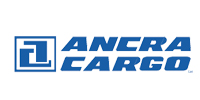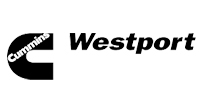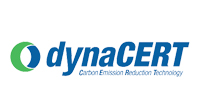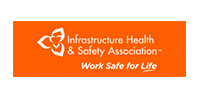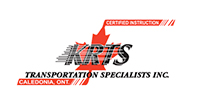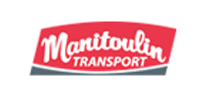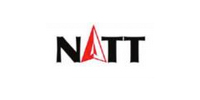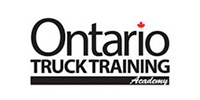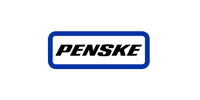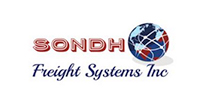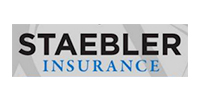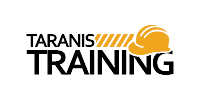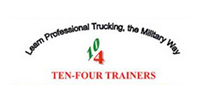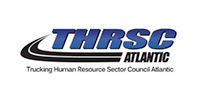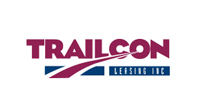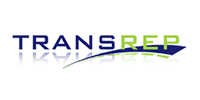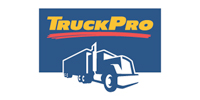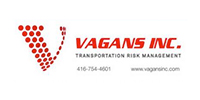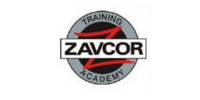By Rick Kosowan, ClaimsPro and Xpera Risk Mitigation and Investigation
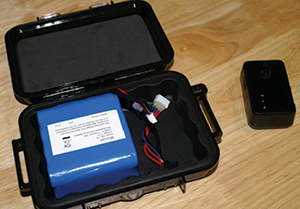 Theft and fraud are two major issues for the transportation industry, and creative solutions for attacking these risks are needed. Statistics show that cargo-related theft accounts for losses of nearly $5B a year in Canada alone and has been growing in recent years. Criminal networks have grown in complexity and organization, as they’ve identified a criminal endeavour with high rewards and limited risk compared to other forms of criminal activity. A bank robbery, which may only net an assailant $2,000, can result in a 7-10 year jail sentence. Theft of cargo, which can be worth hundreds of thousands of dollars per shipment, often merely results in probation for a first-time offender. As a result, organized crime is playing a growing role in cargo crime. A lack of integrated solutions across provincial borders and coordination across jurisdictions leaves the cargo industry vulnerable. The trucking industry still has to bear the burden of high deductibles, lost shipments and lost customers when theft of equipment and cargo occurs.
Theft and fraud are two major issues for the transportation industry, and creative solutions for attacking these risks are needed. Statistics show that cargo-related theft accounts for losses of nearly $5B a year in Canada alone and has been growing in recent years. Criminal networks have grown in complexity and organization, as they’ve identified a criminal endeavour with high rewards and limited risk compared to other forms of criminal activity. A bank robbery, which may only net an assailant $2,000, can result in a 7-10 year jail sentence. Theft of cargo, which can be worth hundreds of thousands of dollars per shipment, often merely results in probation for a first-time offender. As a result, organized crime is playing a growing role in cargo crime. A lack of integrated solutions across provincial borders and coordination across jurisdictions leaves the cargo industry vulnerable. The trucking industry still has to bear the burden of high deductibles, lost shipments and lost customers when theft of equipment and cargo occurs.
The focus of cargo thieves is varied. While there’s a perception they target big-ticket items like electronics, over one-third of cargo theft is food and drink, largely due to the ease of re-sale.
In response, many companies have turned to exterior support to root out corrupt employees, uncover criminal networks, and protect their shipments. Canada has seen an increase in risk solution and investigation providers developing solutions to reduce risk and minimize loss, using leading technology to combat theft. A recent example illustrates one way to combat cargo theft.
A shipping company was suffering from vandalism damage to its trailers, including offences as serious as brake lines being cut. High-value loads shipped across the Prairies were also experiencing large thefts. While some theft and turnover is anticipated on shipping routes, the numbers were alarming and the company sought a solution. The carrier hired an independent investigation firm, which installed surveillance programs and placed an operative at the company’s main distribution centre. The centre, with a yard that was a high-risk location, was outfitted with covert cameras on four trailers, and used GPS technology concealed on two skids containing high-value electronic equipment. This multi-faceted approach yielded quick results. The surveillance equipment quickly identified a suspect, observed suspiciously under a trailer, who was identified and arrested only three days later.
 The GPS tracking technology led to quick results as well. Assets were tracked during an approved, scheduled transportation of goods. Two days into the transportation, one of the tagged skids was improperly removed, but using GPS tracking, its movement was monitored. Surveillance video confirmed the skid was illegally removed from the warehouse. Local law enforcement was contacted, and GPS tracking led them to eight pallets of stolen goods, with a value totalling over $350,000. It resulted in three arrests.
The GPS tracking technology led to quick results as well. Assets were tracked during an approved, scheduled transportation of goods. Two days into the transportation, one of the tagged skids was improperly removed, but using GPS tracking, its movement was monitored. Surveillance video confirmed the skid was illegally removed from the warehouse. Local law enforcement was contacted, and GPS tracking led them to eight pallets of stolen goods, with a value totalling over $350,000. It resulted in three arrests.
The second skid of high-value merchandise also led investigators to illegal activity. An original suspect was connected and eventually caught attempting to liquidate the assets at an auction. Previous merchandise was also recovered. Four locations were eventually searched and stolen property recovered from all of them. The entire investigation resulted in nine arrests and the recovery of over $1 million in property.
The trucking industry will have to consider innovative solutions that reduce risk, minimize loss and increase human safety. Experts can use tools such as Closed Circuit Television, GPS tracking, investigation and screening – including criminal record and driver abstract reviews. This ensures your employees are reliable, competent, and trustworthy.
Recently, a new technology called “geofencing” has come into use. It uses GPS and radio frequencies to identify if a tractor, trailer, cargo or some other GPS tracked unit leaves the electronic virtual fence or border. The technology can be used when a GPS tracking unit is attached to shipments to ensure they remain within their original limits, and alert an employer if a transport deviates from its intended shipping route.
While cargo theft remains a major issue in the trucking industry, it’s good to see the industry fighting back through the use of these creative technology solutions. May the fight continue!
This article was written courtesy of Rick Kosowan, CIP, CRM, Transportation Equipment Cargo (TEC) Specialist, ClaimsPro and Xpera Risk Mitigation and Investigation.




